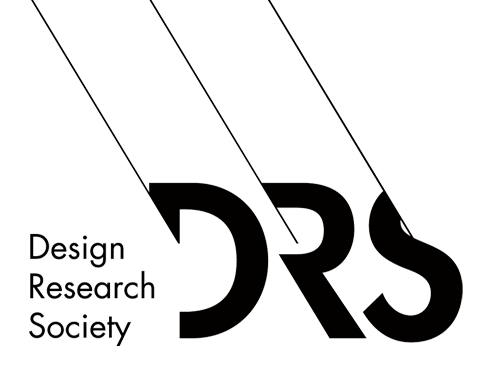Abstract
Material selection methods and tools are mainly quantitative multicriteria based and cater essentially to engineering material selection requirements. However, shifts in material sourcing and manufacturing as well as data processing tend to lean towards tailored fabrication models in which the material leads the design. This highlights emerging opportunities and requirements in material selection, including the need to consider the situation of the person making the assessment, which has come to the forefront of material selection. Designers and researchers have already provided valuable research to enhance material selection on a sensorial basis. However, little has been recommended for material selection based on the different states of a material and a person’s experience with the material in those various states. Crafts offer a wealth of opportunity to study the different states of a material when interacting with a human being, and suggests being a fertile ground to conduct research into user-situation based material selection. To further the study, the eye tracker has been considered a favored tool, as it produces data sets of a user’s visual attention, revealing unfolding cognition and unaware processing, while a person performs a material selection task. We present illustrations of four material selection situations to show the benefit of providing gaze data. We consider that this data, given the different areas and levels of expertise in material knowledge, can be an important contribution to the existing means and models already being used by designers in material selection. We present prospects and suggest that material selection should take place as early on in the material transformation process. We also question the very notion of gaze and its many possible meanings, concluding our paper by highlighting the need for as much complementary experiential data as possible to hone into more informed and refined data sets associated with material selection experience.
Keywords
material selection; eye tracker data; material interaction; sensory
DOI
http://doi.org/10.21606/eksig2025.105
Citation
Schwarz, C., Bassereau, J.,and Faucheu, J.(2025) Craftsman Gaze Data Study to Enhance Craft Material Selection and Facilitate Knowledge Transfer, in Karyda, M., Çay, D., Bakk, Á. K., Dezső, R., Hemmings, J. (eds.), Data as Experiential Knowledge and Embodied Processes, 12-13 May, Budapest, Hungary. https://doi.org/10.21606/eksig2025.105
Creative Commons License

This work is licensed under a Creative Commons Attribution-NonCommercial 4.0 International License
Craftsman Gaze Data Study to Enhance Craft Material Selection and Facilitate Knowledge Transfer
Material selection methods and tools are mainly quantitative multicriteria based and cater essentially to engineering material selection requirements. However, shifts in material sourcing and manufacturing as well as data processing tend to lean towards tailored fabrication models in which the material leads the design. This highlights emerging opportunities and requirements in material selection, including the need to consider the situation of the person making the assessment, which has come to the forefront of material selection. Designers and researchers have already provided valuable research to enhance material selection on a sensorial basis. However, little has been recommended for material selection based on the different states of a material and a person’s experience with the material in those various states. Crafts offer a wealth of opportunity to study the different states of a material when interacting with a human being, and suggests being a fertile ground to conduct research into user-situation based material selection. To further the study, the eye tracker has been considered a favored tool, as it produces data sets of a user’s visual attention, revealing unfolding cognition and unaware processing, while a person performs a material selection task. We present illustrations of four material selection situations to show the benefit of providing gaze data. We consider that this data, given the different areas and levels of expertise in material knowledge, can be an important contribution to the existing means and models already being used by designers in material selection. We present prospects and suggest that material selection should take place as early on in the material transformation process. We also question the very notion of gaze and its many possible meanings, concluding our paper by highlighting the need for as much complementary experiential data as possible to hone into more informed and refined data sets associated with material selection experience.

